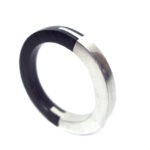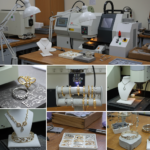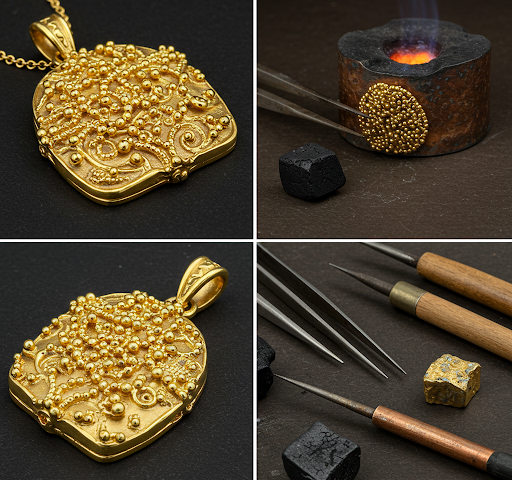
Jewelry Trends for Weddings 2025: Bridal Brilliance
October 13, 2025
Jewelry Engraving Machine Types and Uses: Personalizing
October 15, 2025Hello friends, I’m Chuong Gems from Vietnam!
Today, I’m excited to share with you one of the most fascinating techniques in jewelry making – the art of granulation. As someone who has spent years working with precious metals and studying ancient jewelry techniques, I find granulation particularly captivating.
Introduction to Jewelry Granulation
Granulation is a sophisticated metalworking technique where tiny spheres of metal are arranged and fused onto a metal surface to create intricate patterns and textures. This technique requires patience, precision, and deep understanding of metalworking principles.
History and Origins
The art of granulation dates back to ancient civilizations, with the earliest examples found in Mesopotamia around 2500 BC. The technique reached its peak during the Etruscan period (8th-3rd century BC), where artisans created incredibly detailed jewelry pieces that still amaze us today.
Essential Tools and Materials
- Metal of choice: Usually gold or silver
- Torch or kiln: For creating metal granules and fusing
- Binding agents: Traditional or modern options
- Fine tools: Tweezers, placement tools, and measuring devices
- Safety equipment: Protective gear and ventilation
Step-by-Step Guide to Granulation
- Preparation: Cut small pieces of metal wire or sheet into uniform sizes
- Creating granules: Heat the metal pieces until they form perfect spheres due to surface tension
- Surface preparation: Clean and prepare the base metal surface thoroughly
- Pattern layout: Arrange granules according to your design
- Fusing process: Carefully heat to permanently attach the granules
Tips for Best Results
From my personal experience, here are some crucial tips:
- Temperature control is vital: Too much heat can melt your granules, too little won’t create proper fusion
- Cleanliness matters: Any contamination can prevent proper bonding
- Practice patience: This technique requires time and dedication to master
Common Mistakes and Solutions
Let me share some challenges I’ve faced and how to overcome them:
- Uneven granule sizes: Use calibrated cutting tools and consistent heating times
- Poor adhesion: Ensure proper surface preparation and binding agent application
- Granule displacement: Use appropriate binding agents and handle pieces carefully
Modern Applications
Today, granulation continues to enchant jewelry enthusiasts. Contemporary artists combine this ancient technique with modern designs to create unique pieces that bridge past and present. I’ve seen beautiful examples where granulation adds subtle texture to minimalist designs or creates bold statement pieces.
Remember, mastering granulation takes time and practice. Don’t get discouraged by initial challenges – every master jeweler started as a beginner. I encourage you to start with simple patterns and gradually work your way up to more complex designs.
If you have any questions about the granulation technique, feel free to ask in the comments below. Happy crafting!




